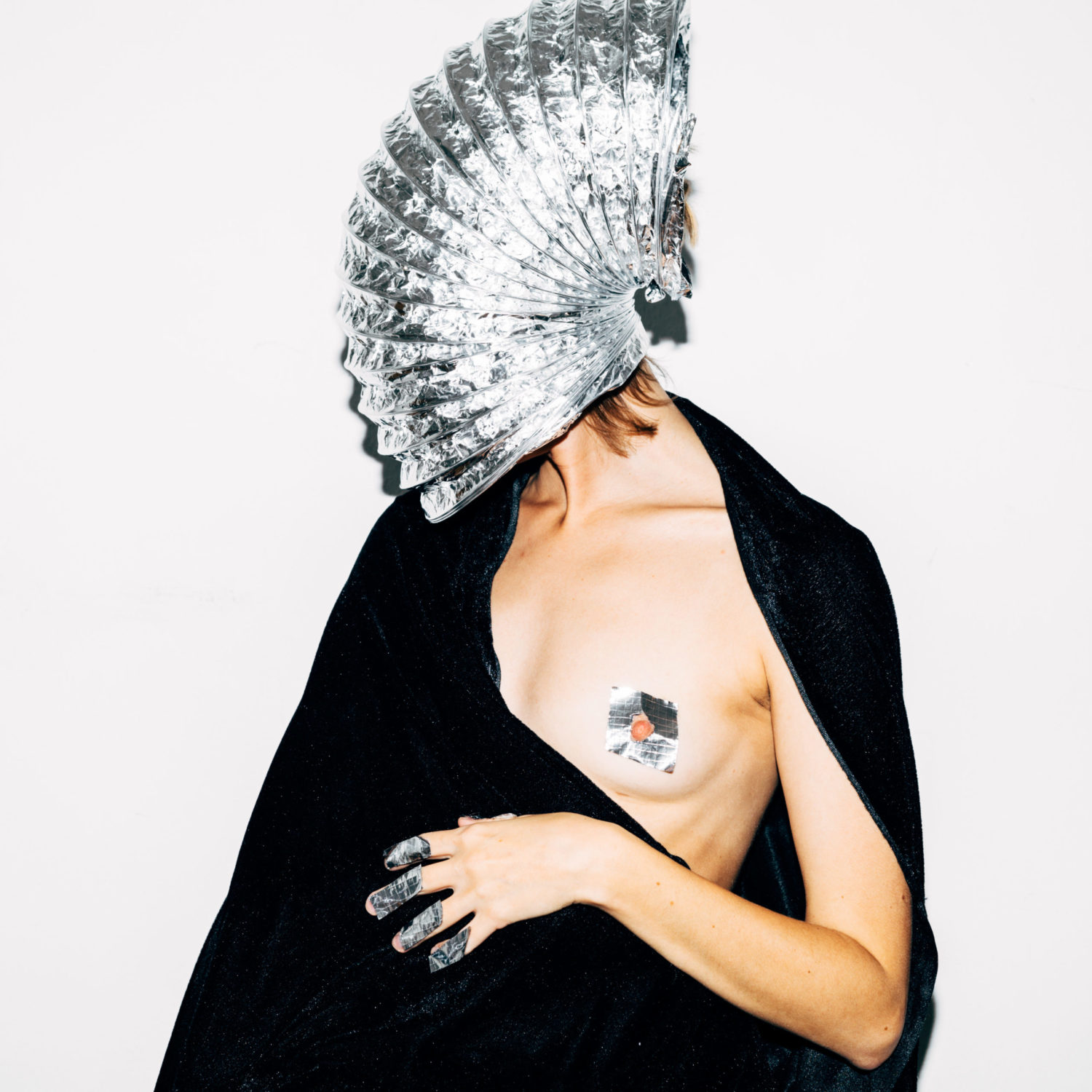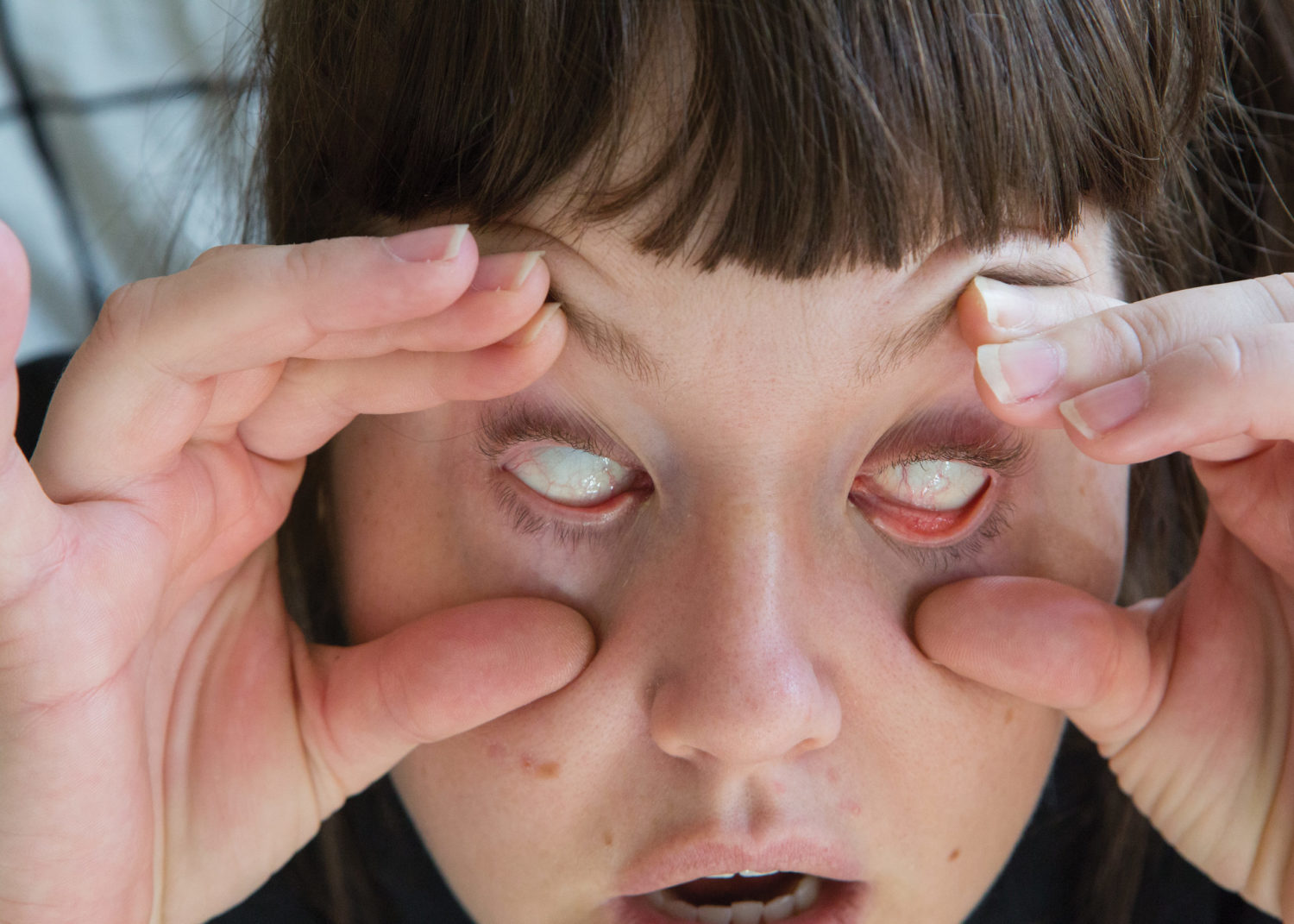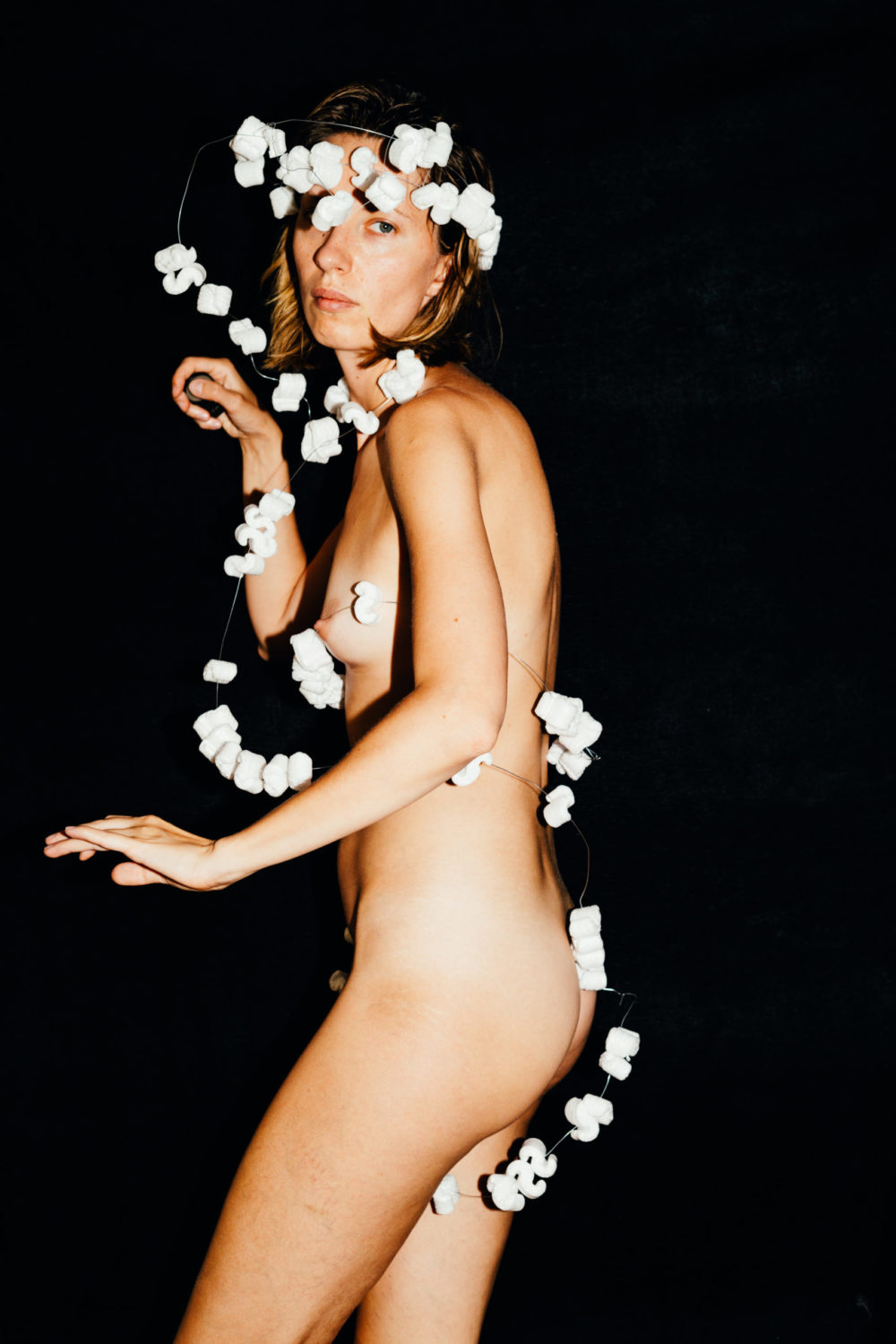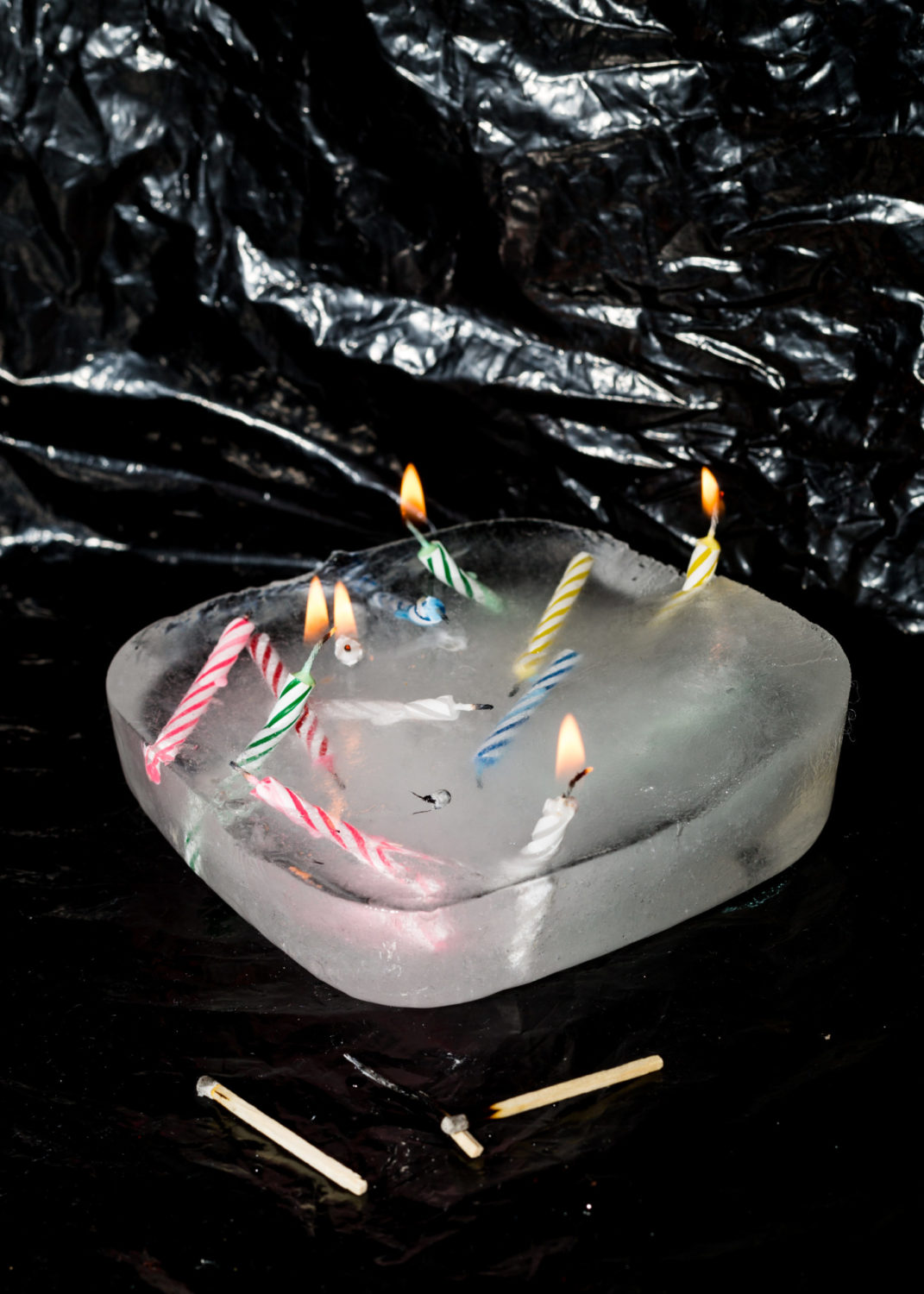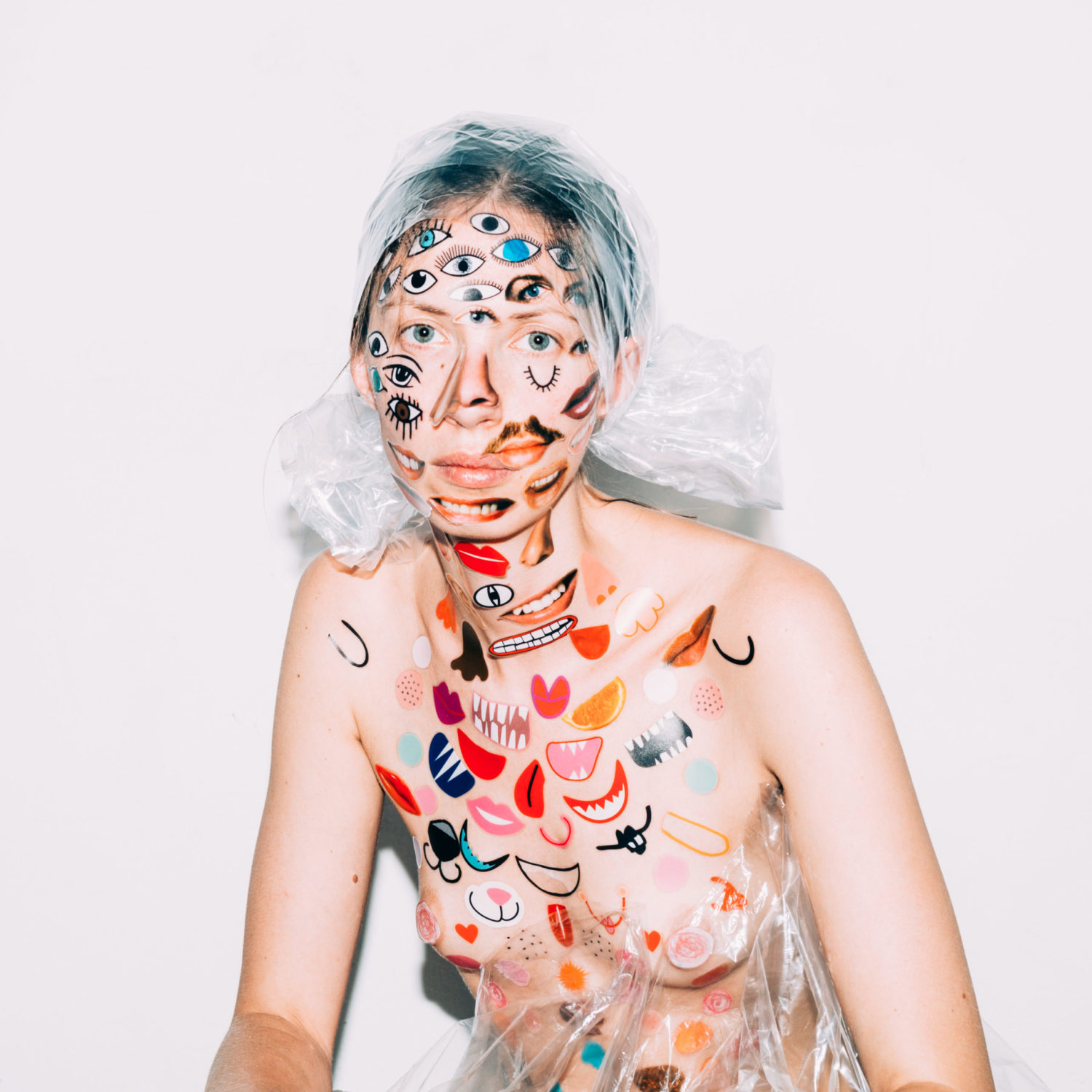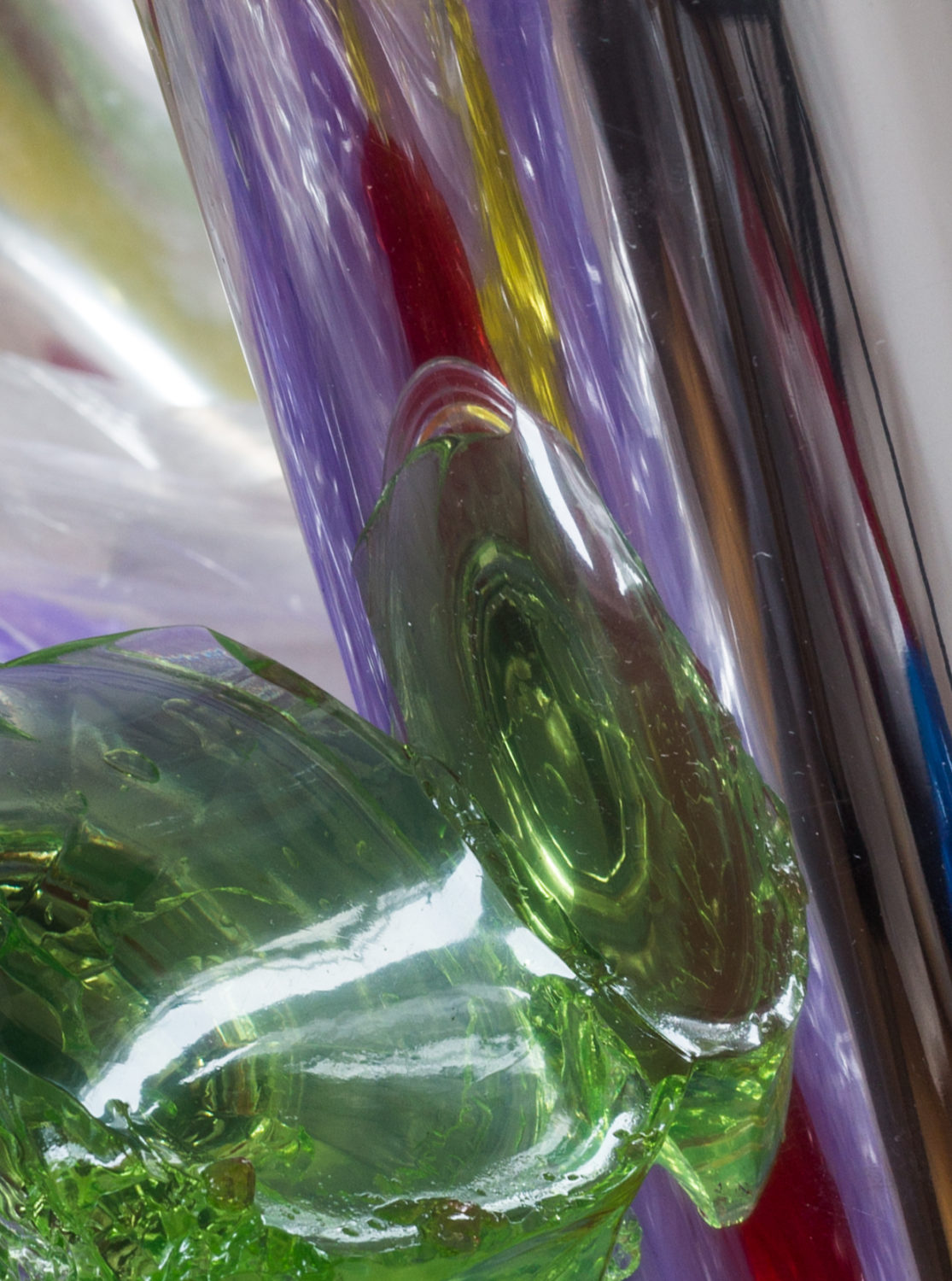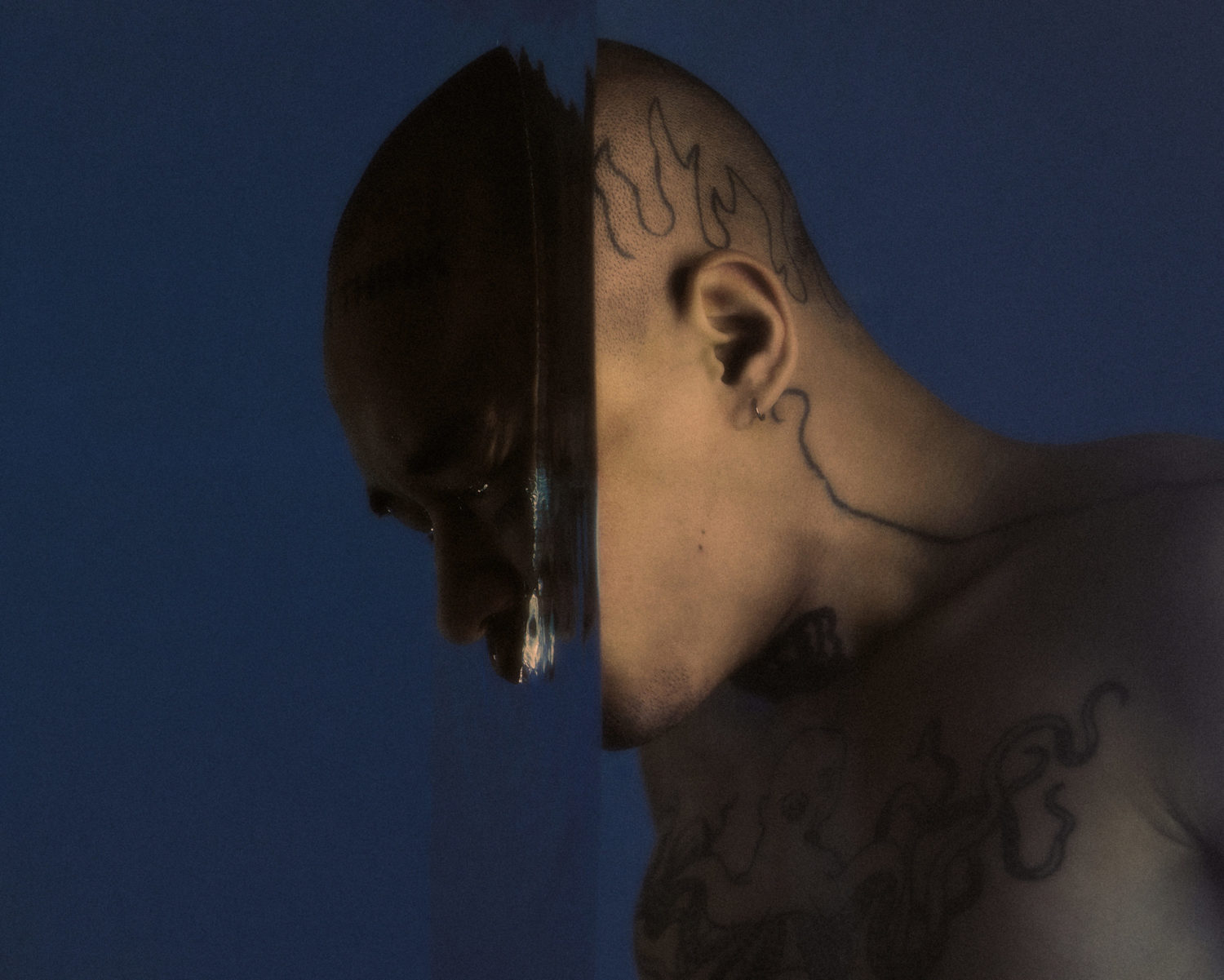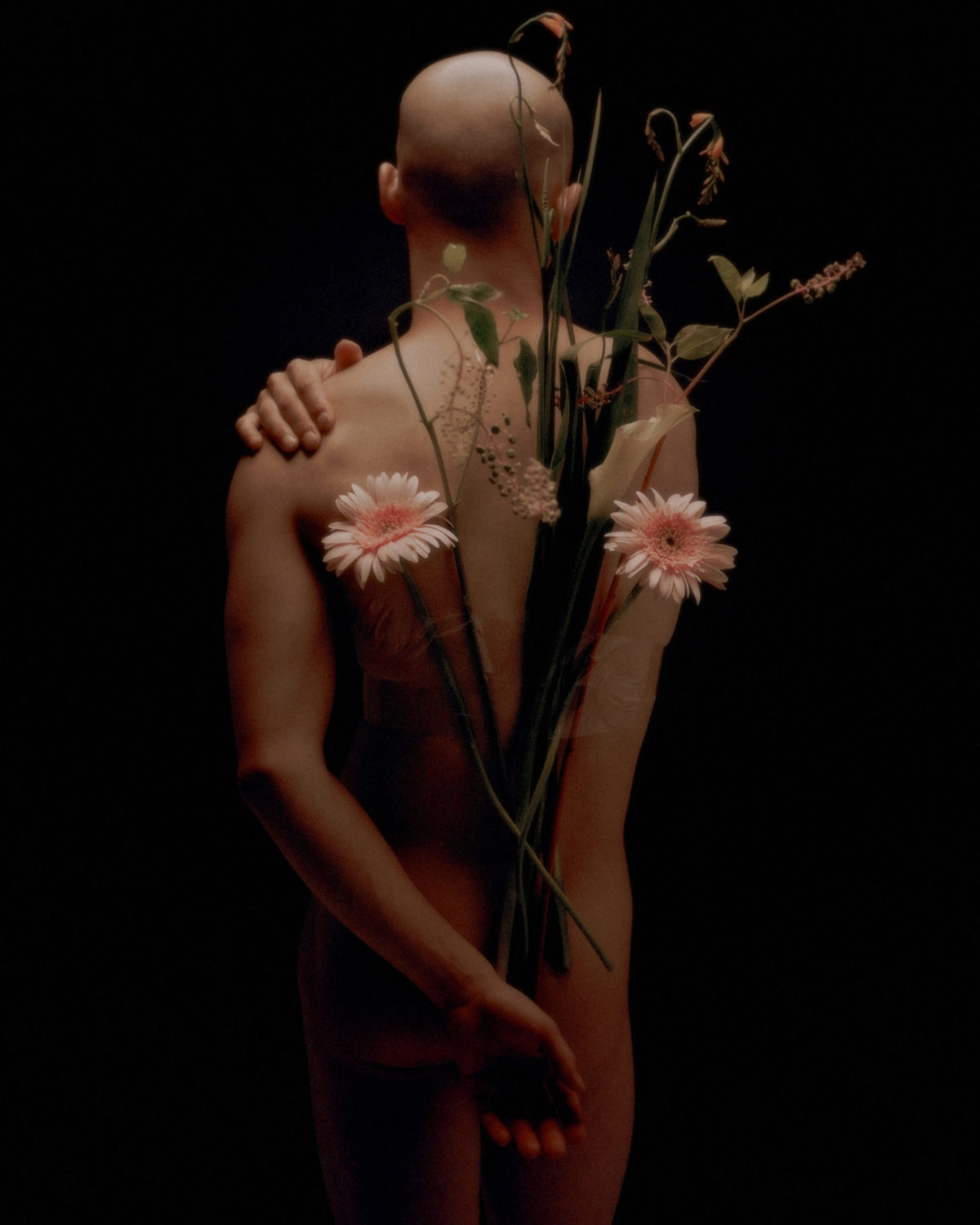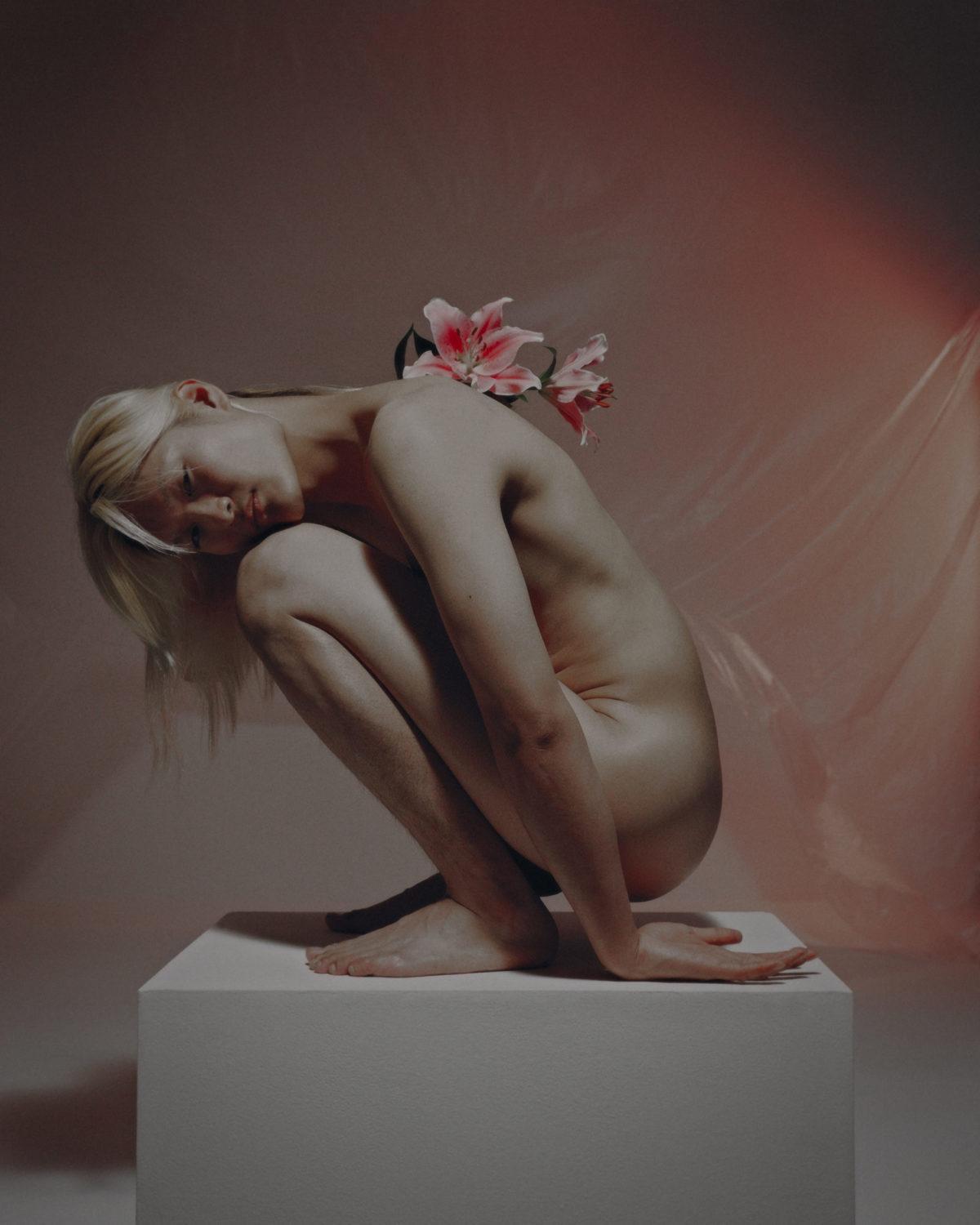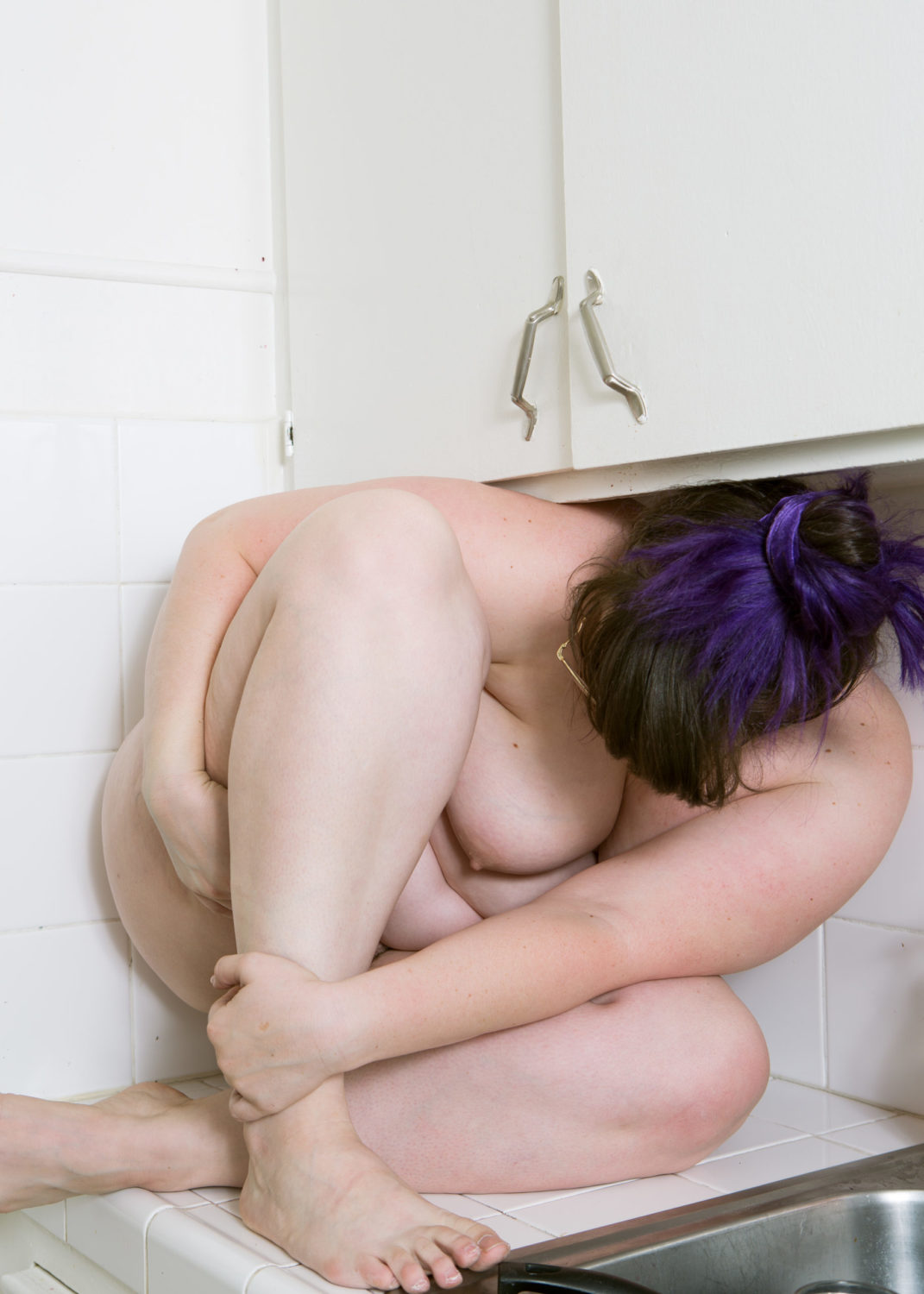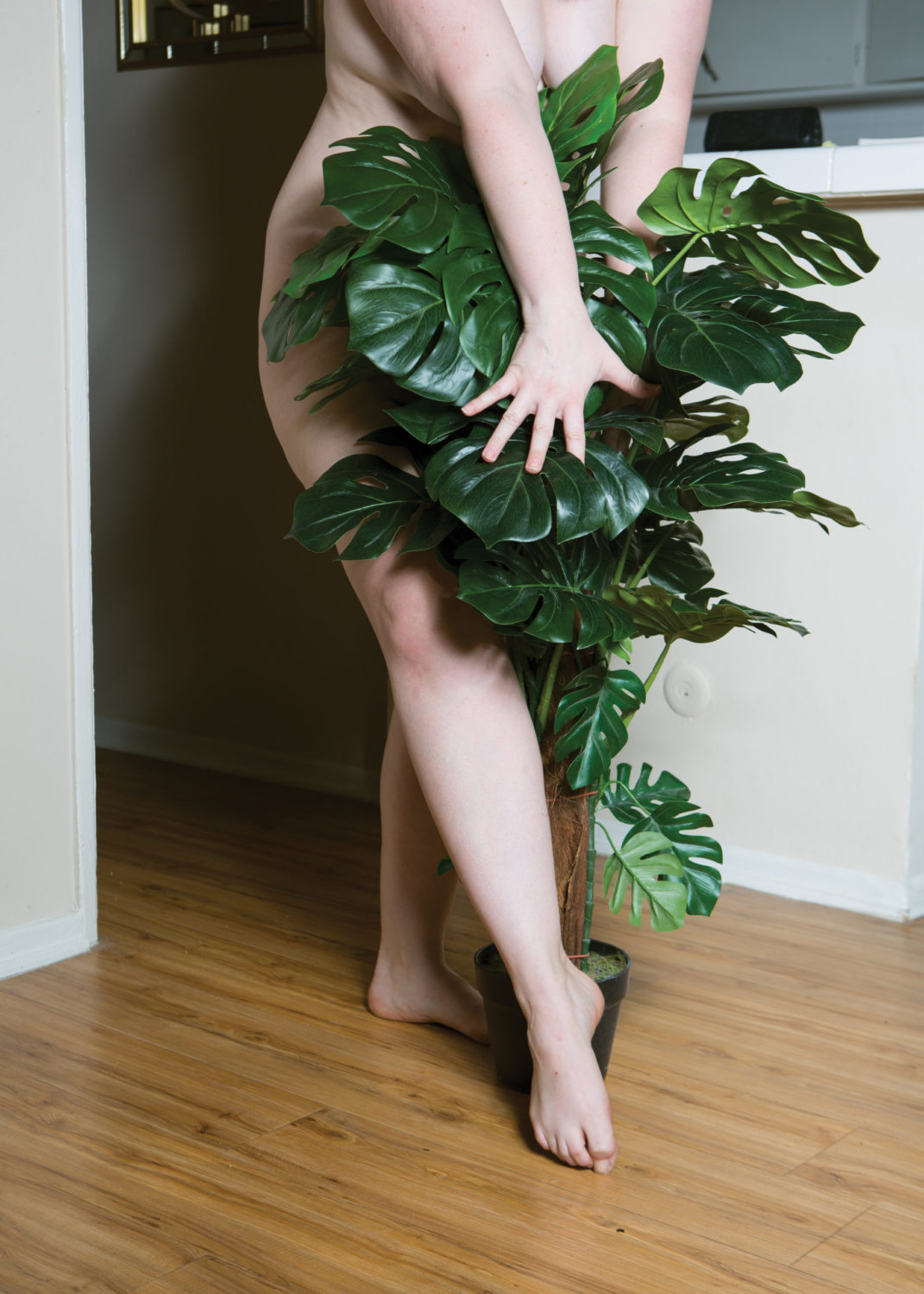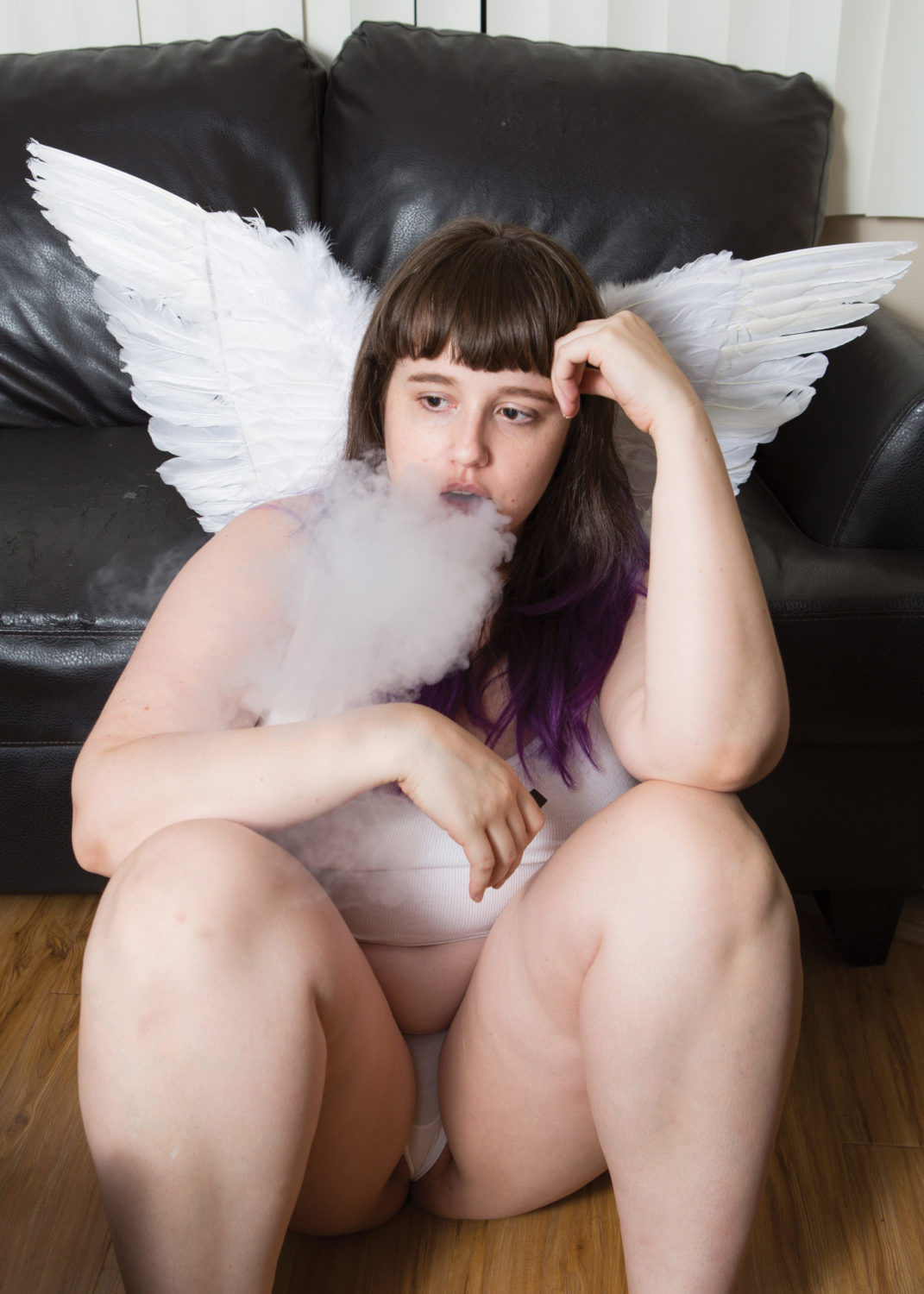Specials
Specials is a virtual space dedicated to writing on photography, showcasing unique content, projects and announcements.
Der Greif x Quantum NFT Drop
Together with Quantum, the leading NFT platform for photography, we are launching our first curated NFT drop, presenting the three international photographers Julia Kafizova, Marcin T. Jozefiak, and Margaret Murphy on quantum.art. Our first collaboration with Quantum sets new standards when it comes to the distribution of photography. It strengthens the growing online art world by supporting emerging photographers who present their NFTs to a strong network of collectors and photography enthusiasts.
The Guest Room featuring the selected artists for the drop runs from March 14 till March 24. The curated NFT drop with Quantum goes live on March 24. Enter the group show here.
The curators of the NFT Collection Der Greif x Quantum: Kris Graves and Roula Seikaly
The NFT Collection Der Greif x Quantum is curated by Kris Graves, an artist and publisher based in New York and California. He is the founder of two publishing companies, Monolith Editions and Kris Graves Projects. Graves chose to collaborate with Roula Seikaly, who is a writer based in Berkeley. She works as a Senior Editor at the Humble Arts Foundation, which is dedicated to supporting and promoting new art photography. Graves and Seikaly developed the following framework for submissions on the topic TMRW (Tomorrow) via an Open Call as part of our Guest Room:
Two years (and counting) of Covid and quarantine has allowed us to reevaluate the contours of our lives; where and with whom we live, what institutional systems do or don’t work for us, what we keep and what we discard, both materially and psychologically. Shaking off what was, and embracing what will be, is necessary.
More than 3.000 images have been submitted. From the final selection of individual images, three selected series by Julia Kafizova, Marcin T. Jozefiak, and Margaret Murphy are released through Quantum Art as the first curated group show NFT drop on 24 March of 2022.
Selected artists spotlight
Julia Kafizova is a Ukrainian photographer and artist. Born in 1986 in Horishni Plavni, Ukraine, she studied at the Academy of Photography in Warsaw. Her work has been shown in Ukraine, Poland and Portugal. Over the past three years, she has been exploring the issue of the body and self-identity using self-portraiture.
What made you fall in love with photography?
It’s a difficult question. Photography is a kind of diary in which you can observe the course and changes of your life. And also to see the perspective, as other people show it. Some people look for meaning and description in every photo, but I think this is not always necessary. There are things that you just can look at for a long time, even if they are without a name or a special sense.
How did you first encounter NFTs and Cryptoart?
That was a year ago, I was sick with Covid and I was trying to keep myself busy. I saw an event on facebook called “Digital wine” and I wondered what it was? So I spent a couple of hours listening to a lecture about NFTs and Cryptoart and at that moment not understanding what it was. But now I’m already involved in this new digital world.
What is it you want to say with this collection, and how do you get your photographs to do that?
In the collection, all the titles are related to virtual reality, the metaverse, planets, a new face and consumption. In our time, everything and all is changing with high speed. Who will we be and who are we now when we move into the new world?
All photo ideas came spontaneously. I shot everything at home with scrap materials, using my camera and sometimes a flash.
Can you choose one photo from the collection to share the story behind it?
I chose a picture where I toast to myself called “Lunch in the Metaverse”. Initially, I wanted myself to be depicted three times in this photo. Two are seated and one is in the middle of the table – the third one can be eaten for lunch. But then I decided that I could not eat myself, but celebrate my life by raising glasses of jelly. It is as if you are still here and now, but at the same time, the second you is already in another time, in another universe.
Can you describe the collection in one sentence?
We blur the lines between realities and get lost in the world of virtual possibilities.
Marcin T. Jozefiak is a Polish-British visual artist passionate about people and their stories. He moved to Seoul from London, where he majored in Fine Art Photography and worked as a photographer for Burberry starting his practice as both documentary and fashion photographer. His most recent work looks deeper into subcultures in South Korea and their sense of belonging and not to the constantly evolving but still conservative society.
What made you fall in love with photography?
I’ve started taking photographs; while I studied painting, I was advised it could help me improve my technique and discover more about composition and light. After a while, I started to appreciate the medium of photography more and more and started diving deeper into developing ways to capture the subject of my interest. What made me appreciate and fall in love with photography is suddenly having access to someone’s story and feelings and being allowed to capture it forever.
How did you first encounter NFTs and Cryptoart?
Last year I had a chance to participate in a project, Edition365: A portrait of the year that changed everything – organised by 1854 and British Journal of Photography in collaboration with New Art City. That was my first chance to sell my work in the form of an NFT.
What is it you want to say with this collection, and how do you get your photographs to do that?
These photographs are subsurfaced in their softness, an exploration of Korean subcultures and their diversity. My subject, who may exude toughness in other settings, is shown with vulnerability and humanity. The muted tones, the slight pop of the person being photographed from the background, the posing, and flowers, represent an idea of the fragility of form. I’m not interested in taking pictures of someone naked but finding a way to express them as dressed in their own skin, secure in themselves. How do we see our bodies and learn to accept them? To me, the body is an endless source of creativity and a tool for art; there are so many things that can be expressed with it. How can one ever say they don’t like their body or even reject it?
Through the work I continue to do for the series, I decided to explore the themes of gender, sexuality, gaze, and identity. The human body with the addition of flowers represents the same universal innocence, timelessness, and purity. Each participant represents a different group of diversity that includes LGBTQ community members. Question of identity (gender, racial, cultural) is brought up more and more today. Who you are underneath your clothes should not concern others, but your choice and background should be respected.
With each person photographed for this project, I’m introduced to a new vision and become a listener of different stories and ideas of life.
Can you choose one photo from the collection to share the story behind it?
For me personally, this photograph is the essence of the entire project. Muil is a tattoo artist in Seoul and one of the first people I photographed for this series. South Korea is still the only developed country where tattooing is outlawed unless you’re a medical doctor.
Despite that, many talented tattoo artists continue working, worried they could be reported and fined by the court. Many of them decide to leave for New York or Europe, where their work is in demand. Some are trying to campaign for abolishing this outdated law, which refers to stereotypes from the past where the only people having tattoos would be gangsters or street criminals. Even today, tattoos on actors’ bodies are still blurred out on television.
Can you describe the collection in one sentence?
“Fearless Flowers. Not For Everyone” project is about capturing the openness, acceptance of one’s body, sexuality and acceptance of the self-created modern image of who Korean people aspire to be.
Margaret Murphy is a photo-based artist residing in Los Angeles, CA. She holds her MFA in photography from the University of Hartford. Murphy’s art primarily focuses on social media, internet culture, and feminine identity and sexuality. Her work frequently uses lighting and digital manipulation to reference trends in popular culture and punctuated by her millennial existence, often delves into exploration of selfhood in the wake of consumer culture.
What made you fall in love with photography?
Printing in a darkroom for the first time. There really is nothing like seeing a picture slowly come to life on paper submerged in pungent chemicals.
How did you first encounter NFTs and Cryptoart?
Kris Graves gave a lecture to my graduate class in August of 2021 and encouraged us all to look into minting our work. It was the first time I knew of an artist putting their photographs on the blockchain as opposed to just PFPs. As someone who grew up on the internet, I was excited because it felt like a sensible and exciting venue for my art and my practice.
What is it you want to say with this collection, and how do you get your photographs to do that?
Photography is ever present in our lives and impacts the way we perceive ourselves – now more than ever on social media platforms. These photographs celebrate self-perception as a way to understand my existence in the world. I hope that viewers are encouraged to do the same in whatever way is appropriate for them. Take selfies, inspect your body, feel the texture of your skin, become two-dimensional, ornament yourself, become your fantasy, reclaim autonomy over your image.
Can you choose one photo from the collection to share the story behind it?
“Desperate For Affection” was made in April of 2020. At this point in lockdown, like many, I was starved for physical contact. Photographing for my thesis, I grabbed a banana that was turning for a prop. I made a few pictures with it unopened, but the overtly phallic nature of the fruit felt somewhat one-note in the pictures. Frustrated, I decided to pause and eat it, knowing that my workflow would likely benefit from a snack. The spotty yellow and brown peel that remained was so viscerally tactile – slick and malleable like skin. I delicately draped it over my knee and baby pink pandemic-painted nails, imagining it the hand of a lover or friend. In that moment after satiating my hunger for a snack, it satiated my hunger for touch.
Can you describe the collection in one sentence?
“I Could Look at You All Day” is a series of self-portraits in which I perceive myself in the context of feminine identity, sexuality and social media; reaching out to the surveillant observer that exists inside every woman.
About Quantum
Digital Culture, Curated: Quantum has become the most respected NFT platform for photography as well as community in Web3 in just a few short months, planting the seeds for a photography boom in 2022, with Quantum at the forefront.
Quantum works with world-renowned photographers, dropping weekly collections and exposing the NFT collector community to curated photography and art.
From portraits and landscape to fine art, the Quantum curation team finds it extremely important to showcase artists with diverse backgrounds or work that shares the story of diversity. Moreover, Quantum is interested in artwork focusing on originality, purpose, execution, and cultural significance.
Justin Aversano’s photo NFT auction sale record and Quantum are at the forefront of a new era in the history of photography
Quantum was co-founded by the photographer Justin Aversano, who made history with the sale of TWIN FLAMES # 49 in May 2021. It was the fifth most expensive photograph ever sold and the highest-selling NFT from a photo project (871 Ethereum | over 2.4m USD), marking the beginning of an increasing interest in photography NFTs. Funds from that sale went towards creating a treasury to support a large number of photographers working in the NFT space. In November 2021, Aversano co-founded quantum.art together with Kris Graves, Alexx Shadow, and Jonas Lamis, a curated NFT platform with a focus on photography, offering photographers new ways to present and sell their works to a growing audience.
Reshaping the future of photography
NFTs are revolutionising the art world as they bring art ownership to a larger audience, which has historically been reserved for only a limited number of people by a limited number of blue-chip galleries. The rise of NFTs undermines existing power structures in the art market and enables new artists to tap into the crypto realm, enjoying the financial freedom that can allow them to create their art.
NFTs are becoming an increasingly relevant topic for young photographers as “NFTs give value back to the creator,” says Justin Aversano. “Through this technology, photographers can receive royalty payments on their minted works that are resold in perpetuity.” He sees the future of photography as “illuminated” as “we will start seeing sustainability for photographers.”


